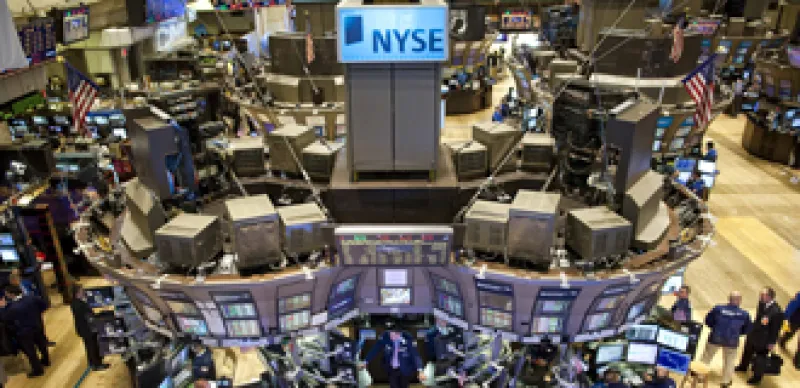Should Deutsche Boerse’s planned acquisition of NYSE Euronext actually come to pass, the combined companies will emerge from the deal with greater market share, broader global distribution and a significantly lower cost structure. Fine. There’s no reason not to get it done, assuming that regulators will allow the transaction to move forward.
It’s difficult, however, not to view this acquisition as a defensive maneuver, given that both companies face so much competition from so many sides. Deutsche Boerse and NYSE Euronext would emerge from the deal with a combined market cap of $25.6 billion, eclipsing that of current market leader Hong Kong Exchanges and Clearing Ltd.
But there’s one asset that neither company can acquire — and that is momentum. It has been shifting away from their respective platforms for some time, and becoming bigger, more powerful and more efficient won’t be enough to reverse that shift in a decisive manner. Here are five problems the NYSE-Deutsche Boerse deal won't address:
Declining Market Share —The combined organization would list about $15 trillion worth of companies, or 28 percent of the global market. But just because a company lists on a certain exchange, doesn’t mean that its shares will trade there. Not so long ago, the NYSE captured 80 percent of trading in its listed shares. Now NYSE Euronext has 26.2 percent of trading in its companies.
New Exchanges — The share of newer trading platform and liquidity providers such as BATS and Direct Edge has soared. The newer exchanges — owned by investment companies — each have about 10 percent market share. Wall Street firms will make sure that there’s plenty of competition for their trading business, essentially putting a limit on NYSE Euronext and Nasdaq.
Alternative Sources of Liquidity —The very idea of an exchange, with its publicly transparent pricing, is giving way to so-called dark pools. Those pools, often owned by large financial institutions, allow market participants to transact their business without revealing their price, which can alter the price of the security in question. Such trading now accounts for about one third of market activity.
Regional Exchanges — A few years ago, the NYSE was still the clear top choice for companies around the world that wanted access to the capital markets. But now global companies have many more viable options. They can list in regional markets from Mexico to Brazil, India, Indonesia and China. PriceWaterhouseCoopers said this month that it expects China to lead the IPO market this year, as it did last year. The bulk of global economic growth is occurring in emerging markets such as China, India and Brazil. That means that IPOs and trading will shift to those markets, too.
Changing Technology — Despite the May 6 Flash Crash, high frequency trading will continue reshape the capital markets. The trading business is essentially a technology application, and exchanges and liquidity providers are more like tech firms. NYSE Euronext has, under CEO Duncan Niederaurder, moved to develop proprietary technology which helps it attract listed companies, capture trades, and generate licensing revenue. But all tech markets are subject to disruption, and today’s trading platforms will give way to those of tomorrow, must as Microsoft lost power to Google and Google is losing power to Facebook.
NYSE Euronext and Deutsche Boerse face considerable challenges, but things could be worse. The London Stock Exchange, already under pressure from New York and Frankfurt, said on Wednesday it will buy Toronto Stock Exchange parent TMX Group. NYSE Euronext and Deutsche Boerse should have enough scale to survive on their own for a good long time. That may be a greater challenge for the LSE.






